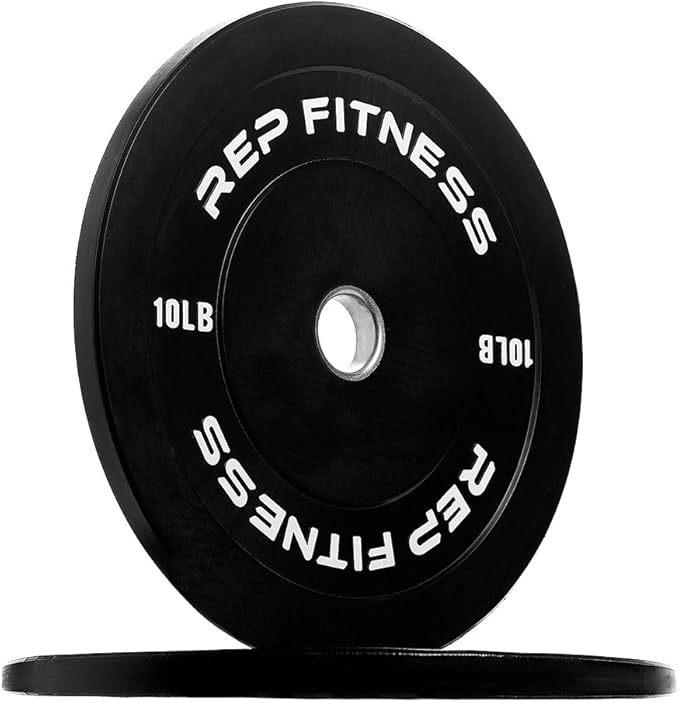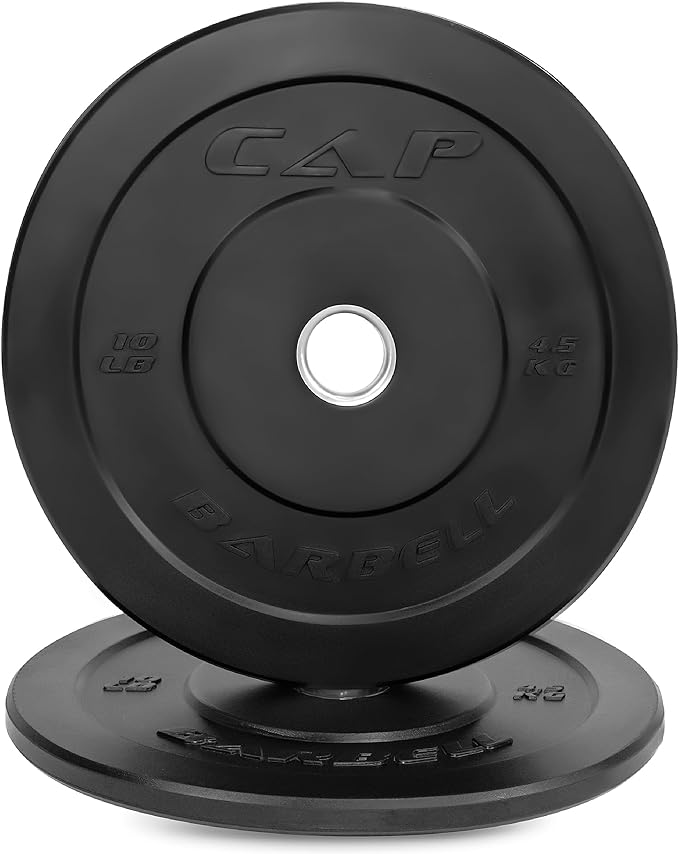jump links:
- Why Weight Plates Matter
- Types of Weight Plates
- Top Weight Plates to Consider
- Factors to Consider When Choosing Weight Plates
- Conclusion
When it comes to building a home gym or enhancing your existing setup, weight plates are a fundamental component. They are versatile, durable, and essential for a wide range of exercises. Whether you’re a beginner or a seasoned lifter, selecting the right weight plates can significantly impact your workout effectiveness and safety. In this post, we’ll explore the best weight plates available and what to consider when choosing them.
Why Weight Plates Matter
Weight plates are not just about adding resistance; they play a crucial role in the functionality and versatility of your strength training regimen. They are used with barbells, dumbbells, and plate-loaded machines, and can also be utilized for a variety of free-weight exercises.
Types of Weight Plates
- Standard Weight Plates: These plates have a 1-inch diameter hole and are typically used with standard bars and dumbbell handles. They are ideal for beginners and casual lifters due to their affordability and availability.
- Olympic Weight Plates: With a 2-inch diameter hole, these plates are designed for use with Olympic bars. They are the standard in most gyms and are preferred for their stability and the heavier weights they can accommodate.
- Bumper Plates: Made from dense rubber, bumper plates are designed to be dropped from a height without damaging the floor or the plates themselves. They are essential for Olympic lifting and CrossFit training.
- Cast Iron Plates: Durable and often less expensive, cast iron plates are a staple in many gyms. They come in standard and Olympic sizes and are known for their longevity.
- Rubber Coated Plates: These plates have a cast iron core with a rubber coating to reduce noise and protect floors and equipment. They are available in both standard and Olympic sizes.
- Urethane Plates: Urethane plates are similar to rubber-coated plates but are more durable and resistant to wear and tear. They are also less likely to chip or crack over time.
Top Weight Plates to Consider
REP Bumper Plates

Why we chose it: REP Bumper Plates are robust and safe, ideal for serious lifters. The low bounce minimizes injury risks. Their quality and durability justify the higher price.
- Pros: High durability, low bounce, and excellent for heavy lifting.
- Cons: Slightly more expensive than basic rubber plates
check it out
CAP Barbell Olympic Grip Plates

Why we chose it: These plates are durable and ergonomic, making them easy to use for various exercises. Their classic design ensures longevity. Proper care can prevent chipping.
- Pros: Made from high-quality cast iron, comfortable wide handle, and durable with a classic design.
- Cons: The finish can chip over time if not properly cared for.
check it out
RitFit Bumper Plates

Why we chose it: RitFit Bumper Plates are designed for intense training, offering durability and safety with low bounce. Ideal for athletes and heavy lifters. Their superior performance justifies the higher cost.
- Pros: Low bounce, high durability, and designed for heavy use.
- Cons: Higher price point.
check the price
CAP Barbell Olympic Bumper Plates

Why we chose it: These plates offer accurate weight measurements and minimal bounce, perfect for Olympic lifting. Their durability ensures reliable performance. The higher cost is justified by their precision and safety.
- Pros: Precision-machined for accuracy, minimal bounce, and durable construction for Olympic lifting.
- Cons: Higher cost compared to standard bumpers, and may be thicker, which can limit the amount of weight you can load on the barbell.
check it out
XMark TRI-GRIP Rubber Coated Olympic Plates

Why we chose it: XMark TRI-GRIP plates are easy to handle and protect floors with their rubber coating. They reduce noise and offer versatility. Their added features justify the higher price.
- Pros: Ergonomic handles, rubber-coated for protection, and versatile use.
- Cons: Slightly higher cost compared to basic cast iron plates.
check the price
Factors to Consider When Choosing Weight Plates
- Purpose: Determine whether you need plates for general strength training, powerlifting, or Olympic lifting. Bumper plates are best for lifts that involve dropping weights, while cast iron plates are sufficient for general strength training.
- Durability: Look for plates that can withstand regular use. Rubber-coated and urethane plates offer added durability and floor protection.
- Budget: Prices can vary widely. Cast iron plates are usually more affordable, while urethane and competition-grade plates are pricier.
- Space: Consider the amount of space you have. Bumper plates are bulkier, so they require more storage space compared to thinner cast iron plates.
- Noise: If you need to minimize noise, rubber-coated or bumper plates are preferable as they reduce the clanging sound of metal plates.
Conclusion
Investing in quality weight plates is crucial for anyone serious about strength training. Whether you’re outfitting a home gym or looking to upgrade your current setup, the right weight plates can make a significant difference in your workout efficiency and safety.